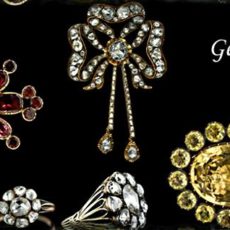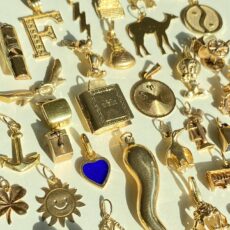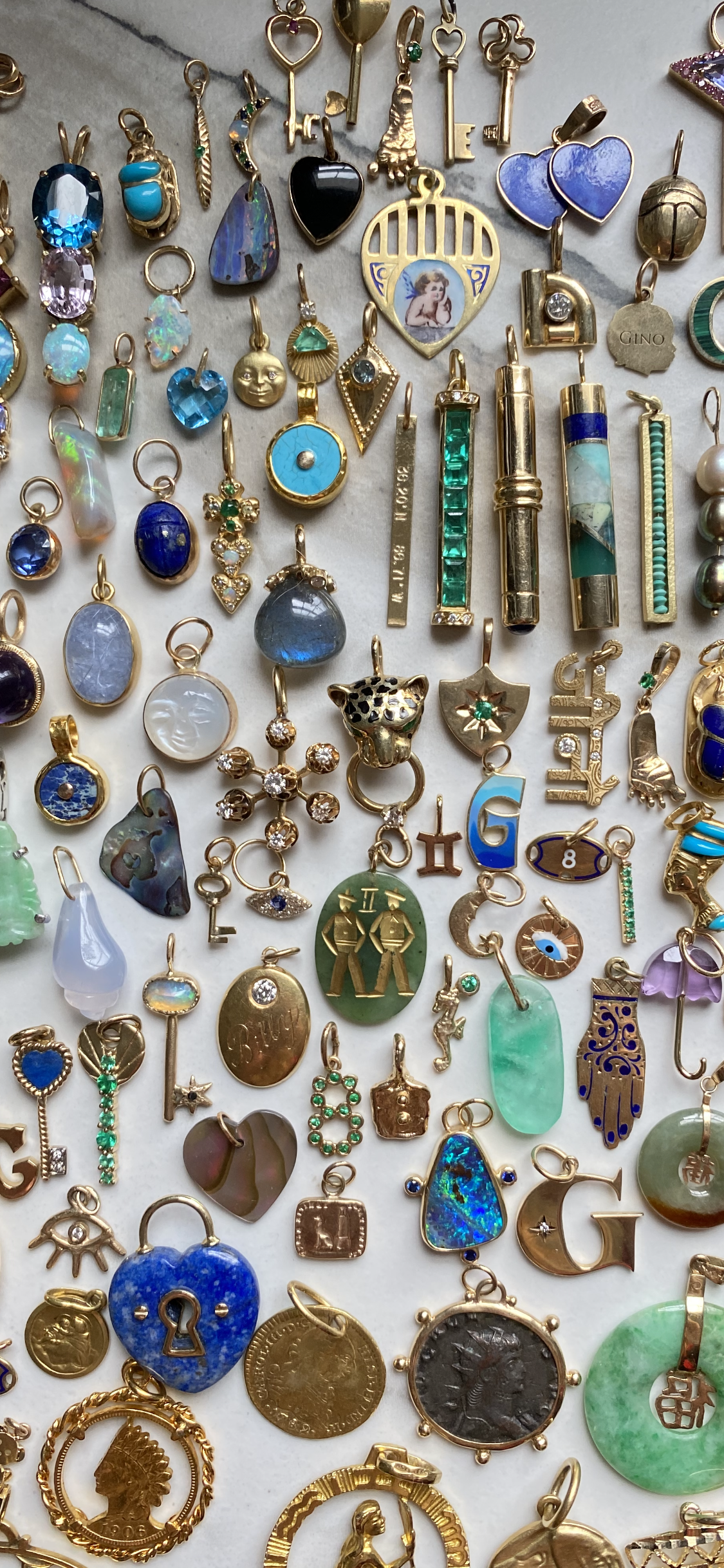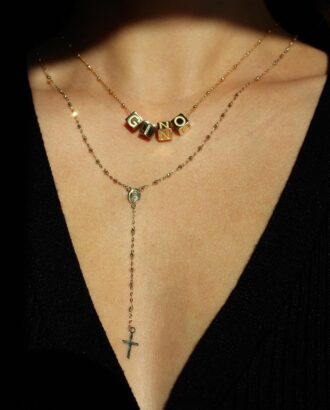
Today’s blog post is brought to you by an amazing client of mine, Jenny Zhang. We have met several times in person, as she is local to the Nashville area, and it is so fun to talk jewelry with someone who has a newly blossomed love and passion for it. After learning about what she does and her experiences, I thought this would be a perfect topic for her to explore and enlighten all my readers. Jenny has over 15 years of experience in alternatives asset management and she can speak to the current situation involving the rising prices of gold in regards to investing…take it away Jenny:
The other day, Caroline @stuffedcrustcouture jokingly shared that she tried to convince her husband that buying gold was not really spending money because it’s just moving cash into gold. The majority of the value was still there and you could get it out if you needed it to. Her husband rolled his eyes…but guess what? She’s absolutely right.
If you’re in the jewelry world—whether as a passionate collector, a designer, or someone who just loves a good sparkle—you’ve likely noticed something raising eyebrows (and heart rates): gold prices. The market has been on a tear, and for the first time in history, gold is trading above $3,300 per ounce.
Let that sink in.
Just a year ago, gold was priced around $2,160 per ounce. Ten years ago? A modest $1,160. If you’d bought just $100 worth of gold five years ago, that investment would be worth about $200 today. While that’s fantastic for long-time holders, it’s leaving creators and collectors alike asking big questions: Will I be able to afford to make jewelry? Will I have to raise my prices? Can I still build my collection?
But rather than looking at gold solely through the lens of jewelry, I invite you to see it as something more: an investment—one with centuries of history and real, enduring value.
Gold is a time-tested alternative investment, and here’s why it might deserve a place in your portfolio:
1. Gold is a Powerful Diversifier
You’ve heard the saying: don’t put all your eggs in one basket. That’s the heart of diversification—spreading investments across different assets to reduce risk. Gold is a standout here because it behaves differently than traditional assets like stocks or bonds. When those markets wobble, gold often shines. Literally.
2. Gold is Countercyclical
Gold tends to rise when the stock market falls. That makes it what investors call a “countercyclical” asset. For example, in 2025, while the S&P 500 has gained an impressive 18%, gold has outpaced it with over a 30% rise. Zoom out, and gold’s performance is even more striking: over the past 25 years, gold has surged 12.7 times in value compared to the S&P’s 3.6 times.
Translation? In times of market stress, gold can help stabilize your portfolio.
3. Gold is an Inflation Hedge
As inflation chips away at the value of paper money, gold holds strong. It’s finite—you can’t just print more of it, unlike dollars. With only about 244,000 metric tons of gold known to exist (according to the U.S. Geological Survey), scarcity helps gold preserve its value even as currencies weaken.
That’s why investors often turn to gold to maintain purchasing power over the long term.
4. Gold is a Safe-Haven Investment
When the world gets chaotic—whether due to inflation, war, or economic downturn—gold historically becomes a refuge. Let’s look at two examples:
• 1976–1978: The S&P 500 dropped over 19%. Gold? It rose 54%.
• 2007–2009: During the Great Recession, the S&P fell nearly 57%. Gold increased 25%.
In unpredictable times (and let’s face it, these times are nothing if not unpredictable), gold offers stability.
5. Gold is a Hard Asset—with a Floor
Unlike digital or paper investments, gold is tangible. You can hold it. Wear it. Pass it down. It’s real—and that reality comes with what investors call a “floor”: a minimum value it won’t fall below. Even if you melted your gold jewelry down, you’d still walk away with something valuable.
In short, it’s not just beautiful. It’s bankable.
Visualizing Gold’s Performance
To better understand gold’s role in a diversified portfolio, consider the following charts:
Gold vs. S&P 500 Over the Last 20 Years
This chart compares the historical percentage return for the Dow Jones Industrial Average (blue) against the return for gold prices (orange) over the last 20 years. It illustrates how gold has performed relative to stocks during various economic cycles.

Inflation-Adjusted Gold Prices
This chart shows the real (inflation-adjusted) gold prices per ounce, providing insight into gold’s purchasing power over time.

So, What’s Next for Jewelry Lovers?
Yes, gold is more expensive than ever. And yes, that affects how we buy and create jewelry. But understanding the broader value of gold—as a timeless, stable, and powerful investment—adds depth to every piece you own or design.
So whether you’re creating a new piece, shopping for a future heirloom, or simply watching the markets in awe, remember: gold is more than a trend. It’s history, beauty, and strategy all in one glittering form.








